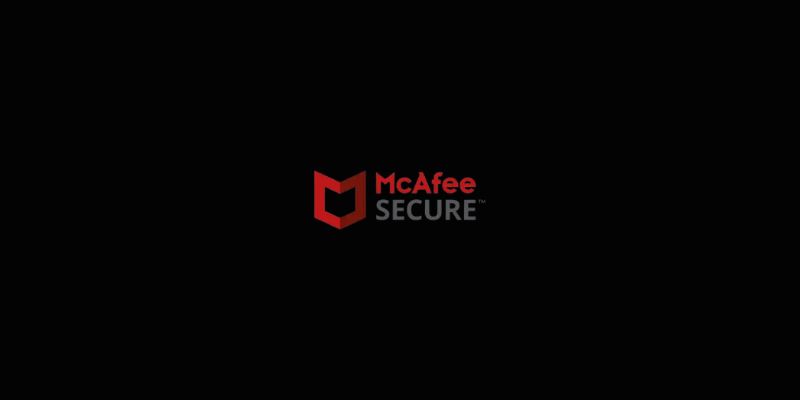Spotube, the lightweight and privacy-conscious Spotify client, has officially released version 4.0—marking a substantial upgrade in its journey as a free and open-source alternative to the official Spotify app. Built using Flutter and designed for simplicity, Spotube avoids heavy dependencies and telemetry, delivering a lean streaming experience that prioritizes user control and performance. With version 4.0, the developers have introduced a completely redesigned user interface alongside significant usability enhancements, performance optimizations, and cross-platform improvements.
Spotube’s appeal lies in its commitment to remaining lightweight, open-source, and respectful of user privacy. Unlike Spotify's official desktop application, which runs on Electron and consumes large system resources, Spotube is designed to run efficiently across devices without sacrificing usability. With the 4.0 release, it sharpens that focus even further by refreshing its visual design, refining media playback logic, and improving integration across Linux, Windows, macOS, and Android platforms.
Redesigned User Interface Focused on Simplicity and Speed
Spotube 4.0 introduces a reworked UI that emphasizes speed, accessibility, and consistency. Built using the latest Flutter toolkit updates, the interface now delivers smoother rendering and animation while presenting a modern layout that adjusts gracefully to different screen sizes.
Menus and control elements have been reorganized for clarity. Playback controls are more centralized, while navigation between search, playlist, and settings has been streamlined. This results in a more intuitive experience that caters equally to desktop and mobile users. Dynamic spacing, adaptive themes, and better iconography contribute to an interface that feels modern without becoming cluttered.
Dark mode and accent customization are retained and improved, offering better contrast handling and smoother theme transitions. It is significant for users who operate Spotube in varied lighting conditions or prefer a specific aesthetic.
Performance Improvements Across Core Functions

Spotube 4.0 continues to prioritize efficiency, delivering faster app launch times, reduced RAM usage, and more responsive UI transitions. Cold starts are notably shorter on Linux and Android devices, while background processes have been minimized to prevent unnecessary memory drain.
The update also optimizes cache management, ensuring faster access to previously browsed albums, playlists, and artist pages. Internal logic for loading media assets—such as cover images, metadata, and search results—has been rewritten to reduce latency and prevent stalling under low bandwidth conditions.
Unlike the official Spotify app, which includes advertising components and analytics scripts, Spotube avoids background telemetry, resulting in a faster, more transparent application. Version 4.0 deepens this efficiency with further backend cleanups and more modular rendering.
Improved Playback Stability and Queue Behavior
Playback functionality is central to any streaming app, and Spotube 4.0 brings meaningful improvements to this area. Song transitions are now smoother, and the playback engine handles large queues more reliably. Previously, specific playlist actions—like shuffling or skipping multiple tracks rapidly—could lead to glitches or playback pauses. These issues have been addressed through better queue management and real-time state tracking.
The app’s player now better synchronizes with Spotify’s public API, improving resume accuracy when switching between devices or closing and reopening the app. Seeking within tracks is more fluid, with improved timeline response and reduced lag, even when playing high-bitrate tracks.
Playback notifications and media control integration have also been refined. On systems that support global media keys or desktop notification controls, Spotube 4.0 handles track updates, album artwork, and playback status with greater reliability.
Cross-Platform Experience Enhanced
As an open-source project, Spotube is committed to being platform-neutral, and version 4.0 strengthens consistency across operating systems. The new release addresses platform-specific issues, such as rendering errors on macOS Retina displays, scroll lag on Linux with Wayland and touch responsiveness inconsistencies on Android tablets.
Flutter’s latest capabilities are leveraged to ensure interface parity across systems, allowing users to switch between devices without relearning behaviors or losing settings. Text scaling, DPI adjustments, and input handling have been refined to behave identically on desktops, laptops, and mobile devices.
Spotube’s packaging has also been updated for major Linux distributions, offering better integration with system themes, media players, and software centers. Improvements to Flatpak support and system tray behavior make Spotube more reliable in environments like GNOME, KDE Plasma, and Cinnamon.
Network Handling and API Interactions
Spotube uses Spotify’s official public APIs to fetch data, avoiding DRM-restricted playback but maintaining full access to search, browse, and playlist features. With version 4.0, the app has improved how it manages these network interactions, particularly in high-latency or spotty connection scenarios.
Network timeouts are now handled more gracefully. When Spotify’s endpoints are slow to respond, the app shows clearer loading indicators and avoids freezing. Retry logic has been improved to prevent duplicate requests, while the authentication token manager ensures users stay logged in longer without being prompted to reconnect.
Search performance has also been optimized, offering faster response times and more accurate query handling. The new implementation filters and ranks results with improved logic, allowing users to locate artists, albums, and songs with less typing and fewer steps.
Continued Commitment to Privacy and Open Development

A core principle of Spotube remains its privacy-first approach. The application does not collect analytics, track user behavior, or transmit data to third-party services. No background telemetry is included, and all source code is freely available under an open license.
Spotube 4.0 reaffirms this by removing any residual third-party dependencies that could be used for analytics or error reporting. All data exchange is transparent and strictly confined to Spotify’s authorized public endpoints.
The community-led development continues to thrive on GitHub, with contributors actively fixing bugs, proposing UI changes, and assisting in internationalization. Translation updates in version 4.0 expand language support, improving accessibility for users in non-English regions.
Conclusion
Spotube 4.0 is a carefully refined upgrade that enhances usability, visual polish, and technical stability without compromising its lightweight foundation. Through a redesigned UI, better performance, and more intelligent playback behavior, this version elevates Spotube from a capable open-source project to a genuinely polished Spotify client alternative.
For users frustrated by resource-heavy official clients or concerned about data tracking, Spotube 4.0 offers a refreshing alternative. It respects system resources, respects privacy, and stays true to the ethos of open-source development.







